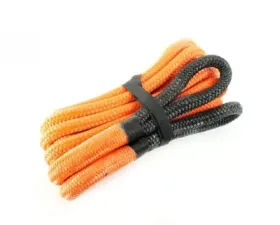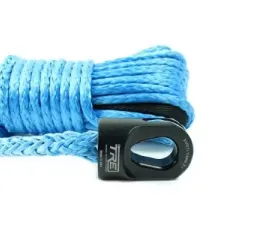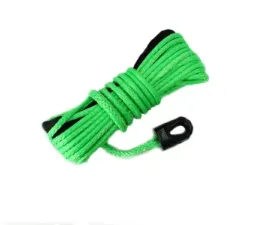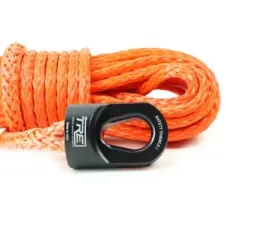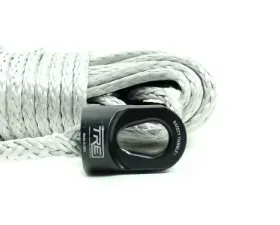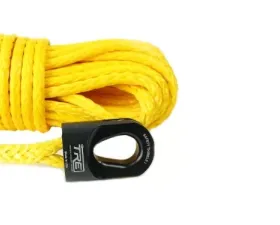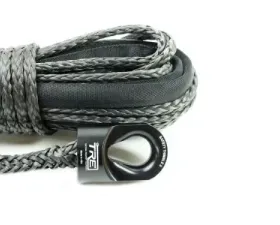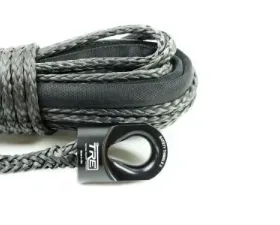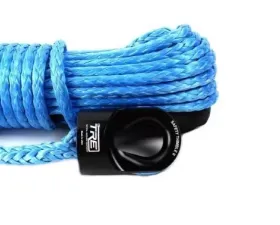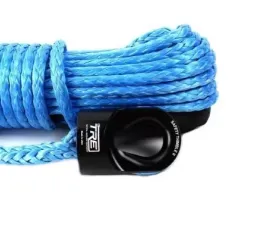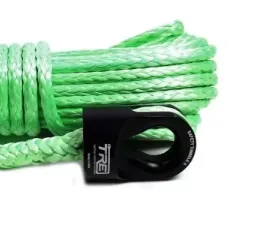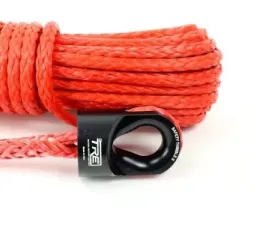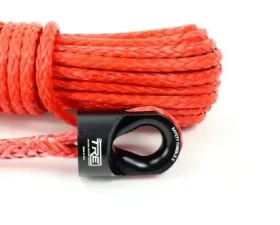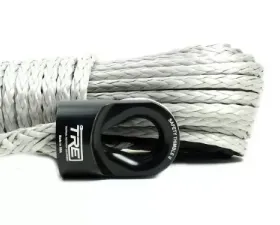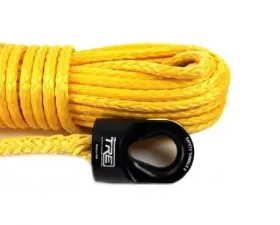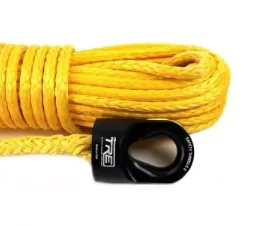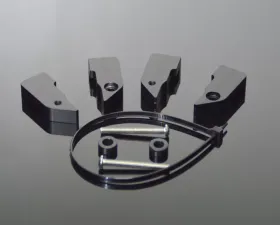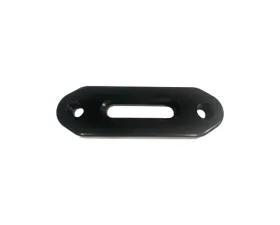Towing Accessories
Enhance your towing experience with top-quality towing accessories from Vivid Racing. Our extensive selection includes everything from heavy-duty hitches and wiring harnesses to durable towing straps and safety chains, ensuring you have the right gear for any haul. Designed for automotive enthusiasts, these products provide reliability and performance, making every towing job easier and safer. Upgrade your setup today and tackle any challenge with confidence.
1.25 Inch Kinetic Recovery Rope Heavy Duty 46,000 lbs. TRE-Tactical Recovery Equipment
1/4 Inch x 50 ft. Black Winch Rope & Black Safety Thimble TRE-Tactical Recovery Equipment
1/4 Inch x 50 ft. Blue Winch Rope & Black Safety Thimble TRE-Tactical Recovery Equipment
1/4 Inch x 50 ft. Lime Green Winch Rope & Black Safety Thimble TRE-Tactical Recovery Equipment
1/4 Inch x 50 ft. Orange Winch Rope & Black Safety Thimble TRE-Tactical Recovery Equipment
1/4 Inch x 50 ft. Red Winch Rope & Black Safety Thimble TRE-Tactical Recovery Equipment
1/4 Inch x 50 ft. Silver Winch Rope & Black Safety Thimble TRE-Tactical Recovery Equipment
1/4 Inch x 50 ft. Yellow Winch Rope & Black Safety Thimble TRE-Tactical Recovery Equipment
Addictive Desert Designs Stealth Fighter Winch Kit Ford F-150 2021-2023
3/8 Inch Black Winch Rope and Safety Thimble 100 Foot Roll TRE-Tactical Recovery Equipment
3/8 Inch Black Winch Rope and Safety Thimble 85 Foot Roll TRE-Tactical Recovery Equipment
3/8 Inch Blue Winch Rope and Safety Thimble 100 Foot Roll TRE-Tactical Recovery Equipment
3/8 Inch Blue Winch Rope and Safety Thimble 85 Foot Roll TRE-Tactical Recovery Equipment
3/8 Inch Lime Green Winch Rope and Safety Thimble 100 Foot Roll TRE-Tactical Recovery Equipment
3/8 Inch Lime Green Winch Rope and Safety Thimble 85 Foot Roll TRE-Tactical Recovery Equipment
3/8 Inch Orange Winch Rope and Safety Thimble 85 Foot Roll TRE-Tactical Recovery Equipment
3/8 Inch Red Winch Rope and Safety Thimble 100 Foot Roll TRE-Tactical Recovery Equipment
3/8 Inch Red Winch Rope and Safety Thimble 85 Foot Roll TRE-Tactical Recovery Equipment
3/8 Inch Silver Winch Rope and Safety Thimble 100 Foot Roll TRE-Tactical Recovery Equipment
3/8 Inch Silver Winch Rope and Safety Thimble 85 Foot Roll TRE-Tactical Recovery Equipment
3/8 Inch Yellow Winch Rope and Safety Thimble 100 Foot Roll TRE-Tactical Recovery Equipment
3/8 Inch Yellow Winch Rope and Safety Thimble 85 Foot Roll TRE-Tactical Recovery Equipment

Towing Accessories
Towing is coupling two or more objects together to be pulled by a designated power source or sources. The towing source may be a motorized land vehicle, vessel, animal, or human, and the load being anything that can be pulled.
Often, you need to carry more cargo than your vehicle has been designed to move. If you frequently find yourself in this fix, you might consider towing a trailer like a camper or a smaller device, say, to transport your bike. Whatever you haul, your vehicle must be rated as having the proper weight or class of trailer and tow hitch assembly, along with several accessories.
First, let's look at how trailers and tow trucks are connected. The connection is called the hitch, and it's mounted on the chassis of the vehicle. Permanent bumps have a fixed ball mount, while temporary bumps have a removable one. The ball mount allows the trailer to rotate and rotate with the tow vehicle. The ball mount lock keeps a temporary ball mount in place inside the hitch.
The tongue fits over the ball's hook and shoulders the trailer (the weight of the tongue). The trailer coupling and the tongue lock secure the trailer's tongue to the ball mount. The safety chains attach the trailer to the tow vehicle and provide a backup attachment if the trailer hitch fails. The wiring harness connects the electrical wiring of the trailer to that of the tow truck.
Now, it is perhaps time to know about the accessories:
Toolbox
Standard towing toolboxes may fit into your tow vehicle or the trailer bed itself. In addition to centralizing your tools, secure storage prevents your devices from sliding around and flying out of the truck bed they've known to do.
Some toolboxes can be integrated into the trailer's tongue. These boxes are usually made of aluminum or steel for durability and weather resistance. Tongue toolboxes have the added advantage of being equipped with tools without wasting space in a tow vehicle or a trailer bed. These chests can run you around $100 for a basic plastic model mounted on the front of an A-frame trailer with a few hundred dollars for an aluminum fancier.
Tie-downs
Unless you transport beach balls rather than breakable objects like your grandma's china, you should prevent the contents of the trailer from moving during the trip. Shifting cargo will not only be damaged by a wild ride but will also cause the trailer to sway as it is towed, and that's a significant towing hazard.
One way to prevent a shift is to pack the cargo tightly together, leaving no room for it to move. If you are not a master packer or have unwieldy items, tie-downs may offer a better solution for securing the cargo. Tie-downs can be straps, bungee ropes or ropes. Bungee ropes will stretch and apply pressure to the payload. Cargo nets use a lot of bungee-like strands to keep the cargo safe. Ratchet tie-downs use a ratchet lock mechanism to tighten the strap and secure the load. They attach to openings, attachment points or eyeholes on the trailer. They can be found in many hardware stores and auto parts stores and are cheap compared to replacing damaged items.
Anti-Sway Bars
The most crucial problem with towing trailers is that they are swaying. Air pressure changes and wind turbulence can move the trailer in the direction of the tow vehicle. You can purchase packages containing anti-sway bars or weight-distribution hitches to counter this effect. These devices connect the tow vehicle and the trailer to more than one location (the ball mount). The additional attachment points help to stabilize the trailer.
We can help. Vivid Racing was voted #1 in customer service nationwide!
Buying from Vivid Racing is the best choice you can make. We back every part we sell with our guarantee of satisfaction. Hands-On Experience and Professionalism is what makes us the best.
Buy online or give one of our world-class sales professionals a call at 1-480-966-3040 If you don't see what you are looking for.
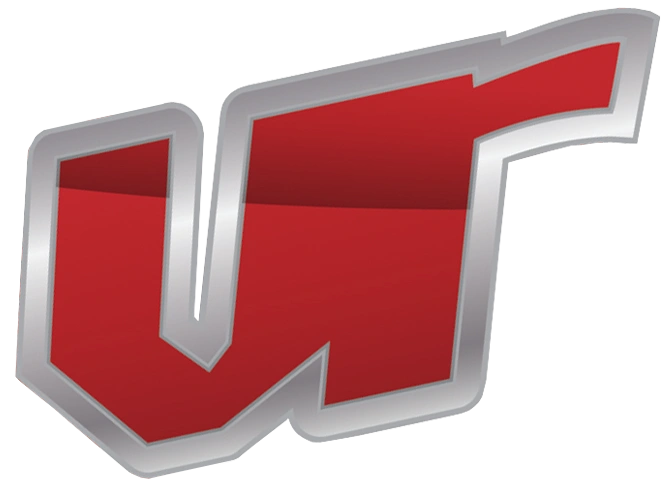
.jpeg?q=90&p=thumb&w=200&h=200)
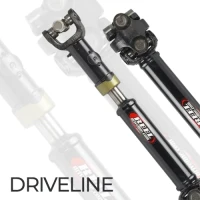
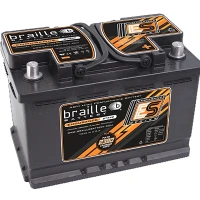
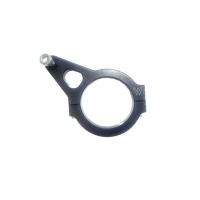
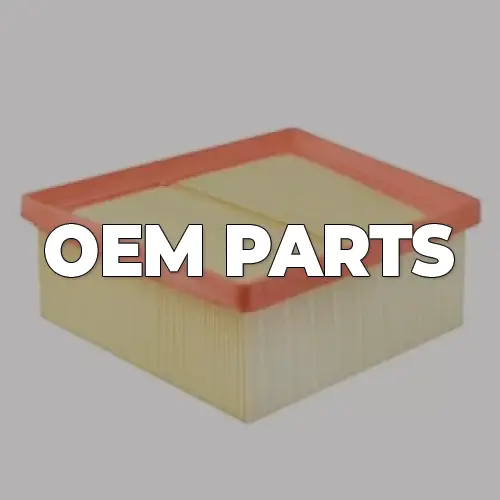

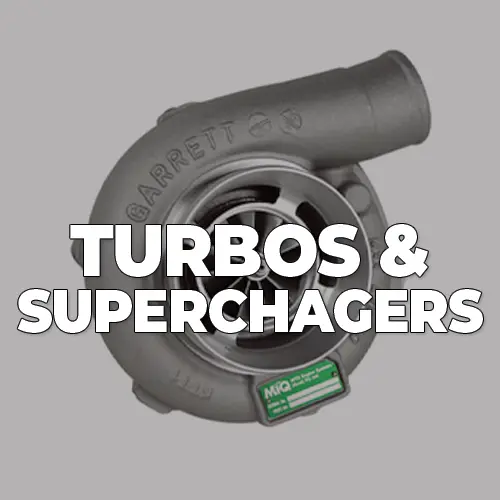

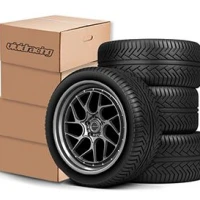

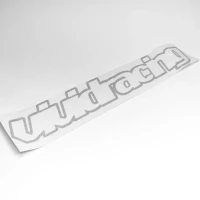
.jpeg?q=90&p=thumb&w=40&h=40) Brakes
Brakes  Driveline
Driveline  Electronics
Electronics  Handlebars & Controls
Handlebars & Controls  Package Deals
Package Deals  Wheel Accessories
Wheel Accessories  Wheels by Vehicle
Wheels by Vehicle  Universal & Repair
Universal & Repair  Vivid Racing Gear
Vivid Racing Gear 